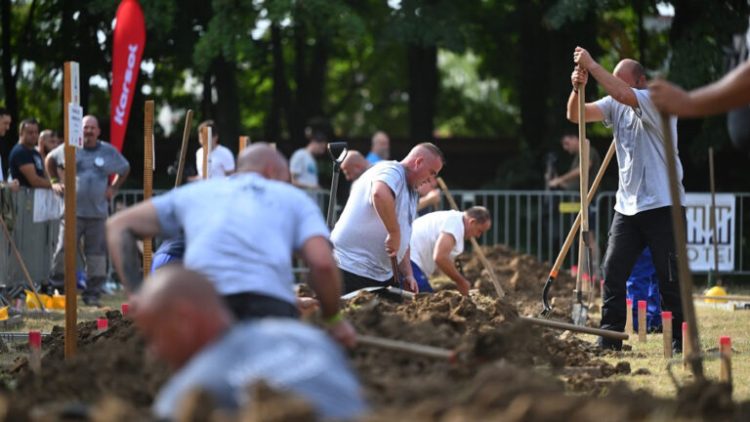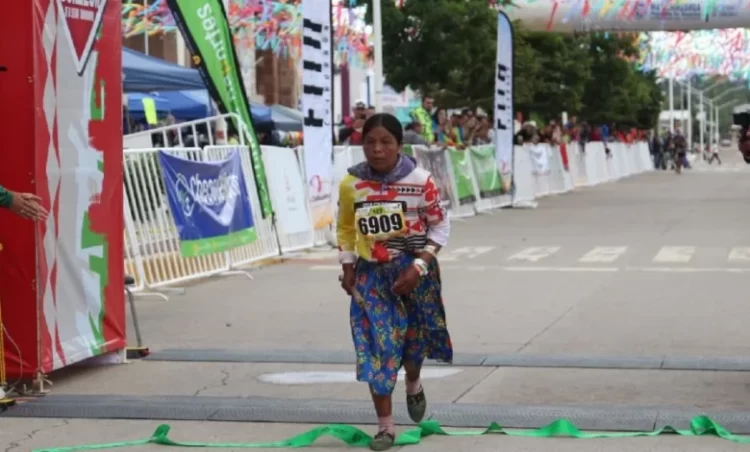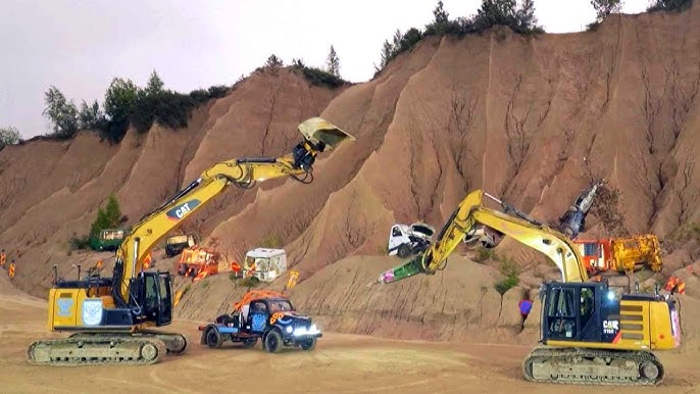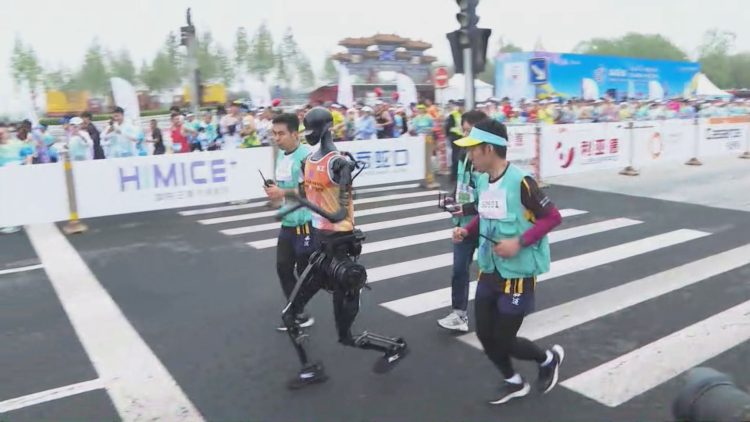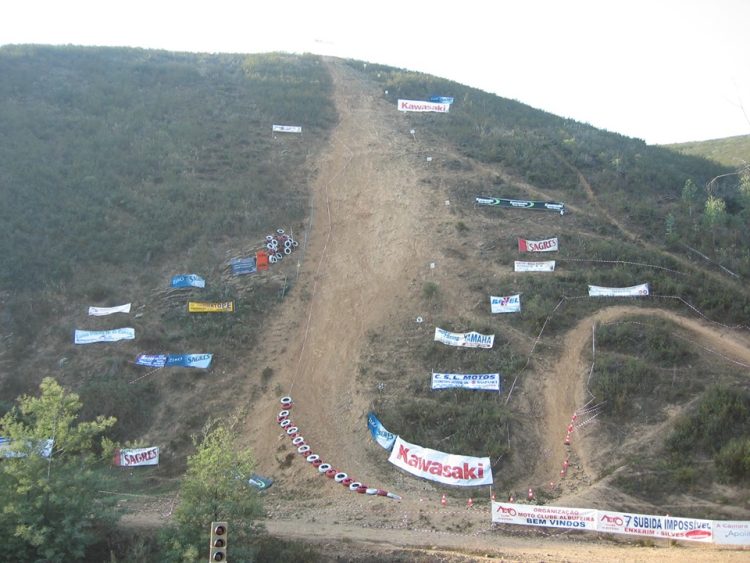Performed in the central and southern highlands of Peru, the Scissors Dance is a traditional event that tests the physical and spiritual strength of the participants.
Westerners usually regard “La Danza de las Tijeras” as a physical test where two men have to prove their dexterity and resistance to pain, but to the people of the Andes, this dance is a sacred ritual. The dancers, called danzaq, perform difficult stunts and leaps, called atipanakuy, accompanied by the music of a violin, a harp and the sound of the scissors they each hold in their hands. So much about not playing with scissors, right?
The origin of the danzaq and their Scissors Dance is shrouded in mystery, but some anthropologists believe they appeared in 1524, during the rebellion against Spanish colonial rule. According to old Spanish chronicles, Huancas (pre-Hispanic deities) possessed the bodies of indigenous young men, allowing them to perform an impossible-looking dance signaling the return of the Old Gods to vanquish the Christian God of the Spanish. As we all know, that didn’t happen, but the tradition of the Scissors Dance was kept alive by the Andean people.
It’s almost impossible to believe someone can accomplish this kind of acrobatic moves, while handling a pair of scissors made out of two individual sheets of metal, 25 cm each, but the danzaq do much more. To show spiritual superiority, they go through a series of challenges that include sticking sharp objects through their bodies, eating glass or walking on fire. The Scissors Dance is sometimes performed continuously for hours, until one of the competitors proves his superiority.
The best Scissors Dances can be witnessed in Ayacucho, Apurimac, Arequipa, Huancavelica and Lima.
Photo by REUTERS
Photo by REUTERS
Photo by REUTERS
Photo by REUTERS
Photo by REUTERS
Above photos via Cellar.org










